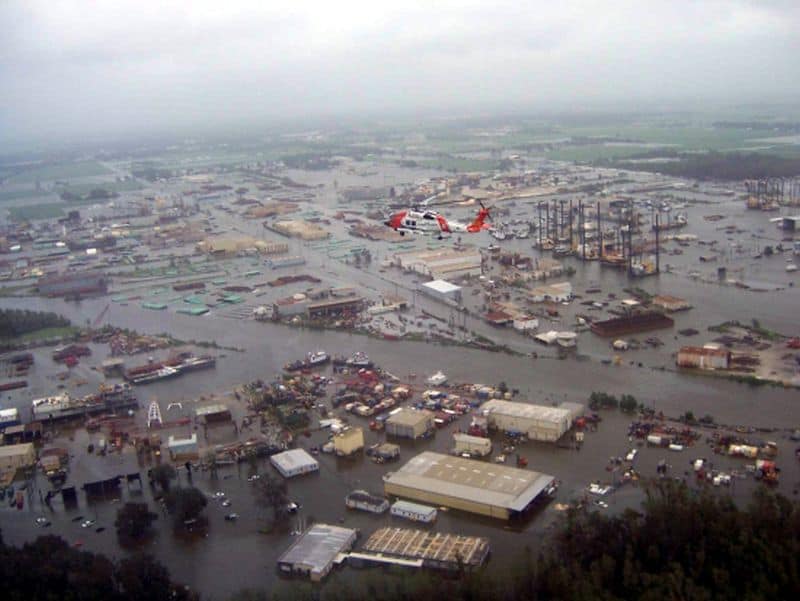When nature strikes, it hits hard. A tsunami of devastation swept through areas where Hurricane Ike hit. It was the third most destructive tropical cyclone in the history of United States. Tropical cyclones feed on heat, and additional heat in the atmosphere aids in the process. It doesn’t take a genius to figure out that there is a connection between increasing cyclones in the world and global warming. Some climate models for the future predict more hurricanes, storms and the like, if the current trend of global warming continues.
Hurricanes are evaluated based on the after effects on human life. Post-hurricane environmental damages are rarely considered. This was the case in Texas and Louisiana, after Hurricane Ike. Officials realized that they could not handle the numerous cases of environmental hazard complaints that were registered; these complaints easily outnumbered the death toll and damage to property. The Coast Guard, along with the Environmental Protection Agency and other state agencies, responded to about 3,000 pollution reports related to the cyclone in these areas. Complaints ranged from oil leaks to propane tanks lodged to gas leaks in households and industries. The only significant concerns are the crude oil leaks reported in various areas, on land and in water.
These days several dependable hurricane warning systems function, on the basis of which, cities are evacuated and lives are saved. But when hurricanes hit cities with already weakened veins – pipelines and gas lines on which the whole city functions – it leads to an environmental disaster. Ignorance of proper checks and safety testing measures usually leads to such a catastrophe.
Source: Msnbc


